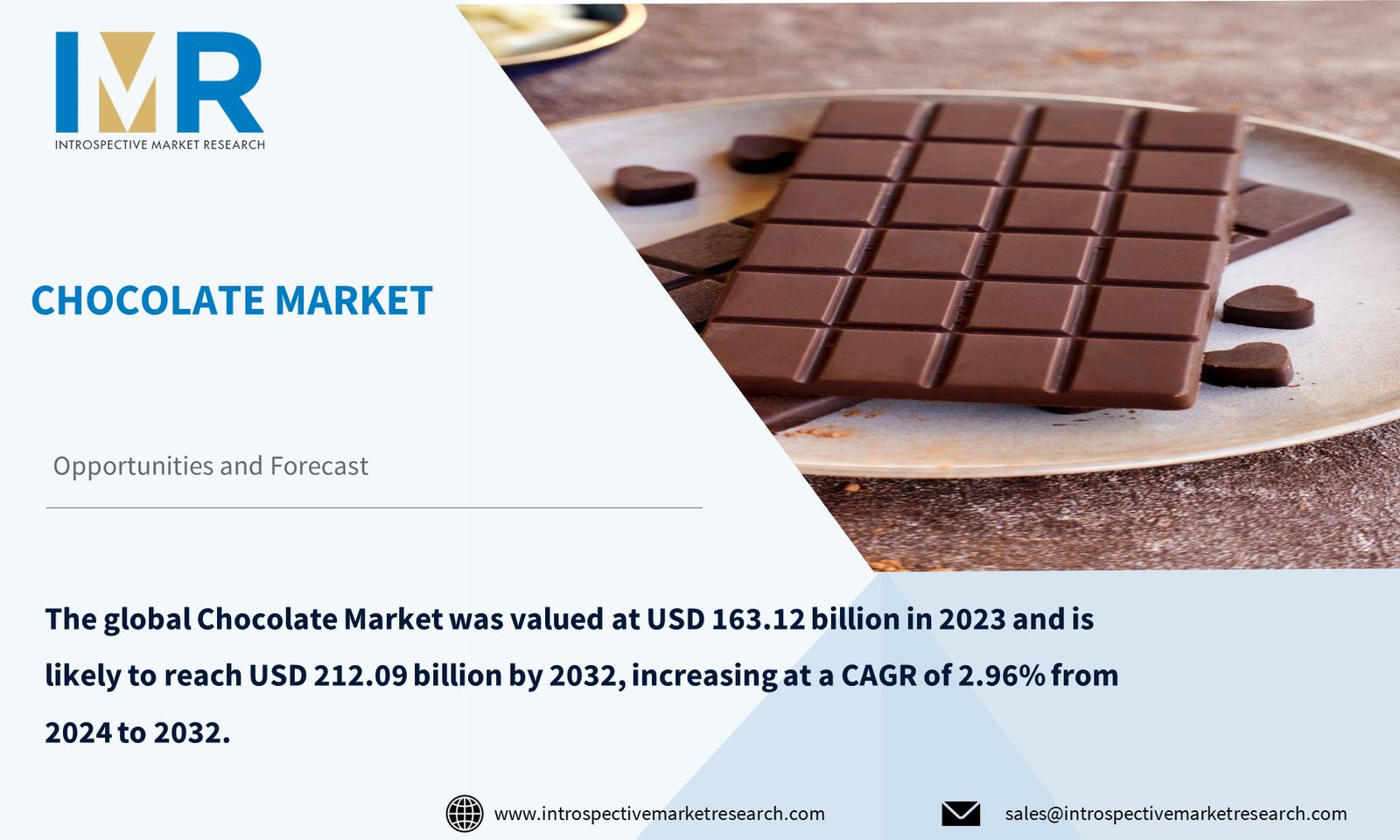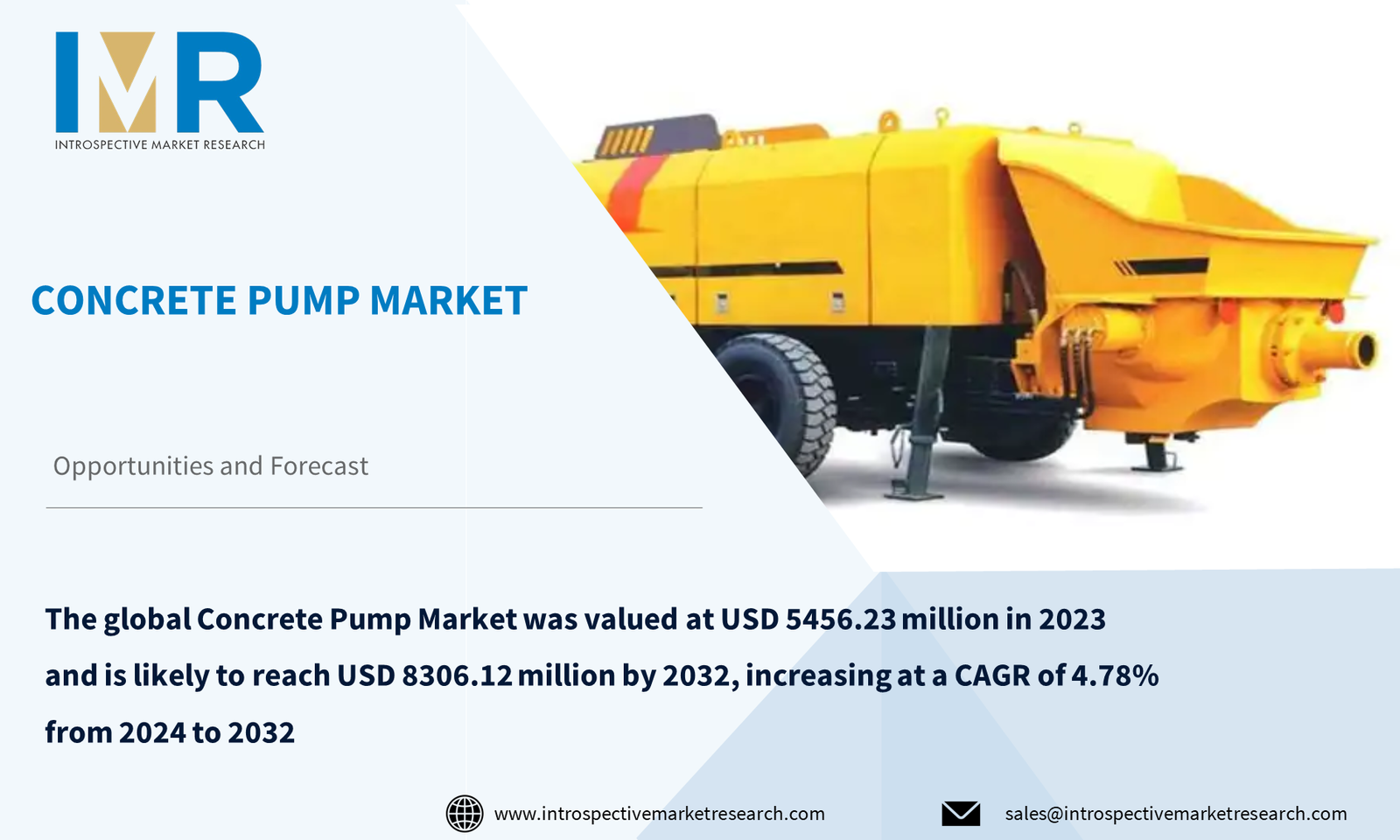Market Overview:
The Global Air Purifier Market size is expected to grow from USD 16.38 Billion in 2023 to USD 41.19 Billion by 2032, at a CAGR of 10.79% during the forecast period (2024-2032).
Air purifiers help reduce airborne contaminants, such as viruses and germs, in homes and other confined spaces. On the other hand, it has been shown that portable air purifiers are ineffective in preventing coronavirus. Due to its critical uses in manufacturing facilities for semiconductors, pharmaceuticals, food and beverage production, medical equipment, and other industrial facilities, high-efficiency particulate air technology is expected to dominate the market throughout the projection period. In the densely populated Asia-Pacific region, rising air pollution has become a severe problem with detrimental effects on the environment, human health, and agricultural crop production. On the other hand, these problems are projected to present a lot of opportunities for the expansion of the air purifier market in the future.
Top Key Players Covered In The Air Purifier Market:
- Daikin Industries Ltd. (Japan)
- Sharp Corporation (Japan)
- Honeywell International Inc. (US)
- Samsung Electronics Co. Ltd. (South Korea)
- LG Electronics Inc. (South Korea)
- Koninklijke Philips N.V. (Netherlands)
- Dyson (UK)
- Zeco Aircon (India)
- Panasonic Corporation (Japan)
- Whirlpool Corporation (US), and Other Major Players.
Market Dynamics and Factors:
With strict indoor air quality regulations and standards being implemented by several countries to reduce air pollution, the market is anticipated to grow over the course of the forecast period. Additionally, efforts to reduce air pollution being made by governments and non-governmental organizations (NGOs) throughout the world are projected to fuel market expansion during the forecast period. For instance, the Indian government spent more than USD 125,000 to buy 300 air purifiers, which were then placed in the nation's capital. Lockdown measures have been deployed by governments in various countries to stop the spread of COVID-19.
A promising prospect for the expansion of the air purifier market is provided by smart air purifiers. Numerous air purifiers have sensors to measure the concentration of different airborne pollutants, such as nitrogen dioxide (NO2, a toxic gas primarily produced by automobile exhaust and power plants), PM2.5 (particulate matter smaller than 2.5 microns in size, such as industrial emissions and tobacco smoke), PM10 (particulate matter up to ten microns in size, such as dust, mold, and pollen), and VOC (volatile organic compounds), (volatile organic compounds, or potentially harmful substances.
Air Purifier Market Report Highlight:
- By Technology, the HEPA segment is anticipated to lead the growth of the Air Purifier market in the forecasted timeframe. High-Efficiency Particulate Air (HEPA) filters are very effective in capturing airborne pollutants such as pollen, smoke, dust, and bio-contaminants. HEPA filters' superior performance and dependability in removing airborne particles will probably help them gain traction on the world market.
- By Application, the Commercial segment is expected to have the highest share of the Air Purifier market over the projected period. Commercial uses for air purifiers include offices, workplaces, hotels, schools, movie theatres, shopping malls, conference centers, and other leisure facilities. Air purifiers with activated carbon and HEPA are used in hotels and restaurants to reduce odors, smoking, and airborne particles, which also improves air quality.
- The Asia Pacific region is expected to have the highest share of the Air Purifier market over the projected period. Asia Pacific dominated the market and generated more than 40.0 percent of global revenue in 2021 as a result of several reasons, including rapid urbanization and industrialization as well as a growing population with more disposable income. Additionally, it is anticipated that worsening smog and air pollution conditions, particularly in countries like China and India, would increase the need for air purifiers and support regional market growth.
Key Industry Development:
In October 2021, two new air purifiers from Dyson can create both hot and cold air. This air purifier's sealed HEPA 13 standard filtration removes 99.95% of particles as small as 0.1 microns.
December 2020, a method of air filtration created by Zeco Aircon can eliminate viruses like COVID-19, which is the source of SARS-CoV2. Zircon air purifiers have been recognized by the Centre for Cellular and Molecular Biology (CCMB) as an efficient anti-viral technology that may be used in both standalone units and centralized ventilation systems.
Air Purifier Market Segmentation:
By Technology
- HEPA
- Activated Carbon
- Ionic Filters
By Application
- Commercial
- Residential
- Industrial
For this report, Introspective Market Research has segmented the Air Purifier Market based on region:
Regional Outlook (Revenue in USD Million; Volume in Units, 2024-2032)
- North America
- The U.S.
- Canada
- Mexico
- Europe
- Germany
- UK
- France
- Italy
- Russia
- Spain
- Rest Of Europe
- Asia Pacific
- China
- India
- Japan
- Singapore
- Australia
- New-Zealand
- Rest of APAC
- Middle East & Africa
- Turkey
- Saudi Arabia
- Qatar
- UAE
- Israel
- South Africa
- South America
- Brazil
- Argentina
- Rest of SA







